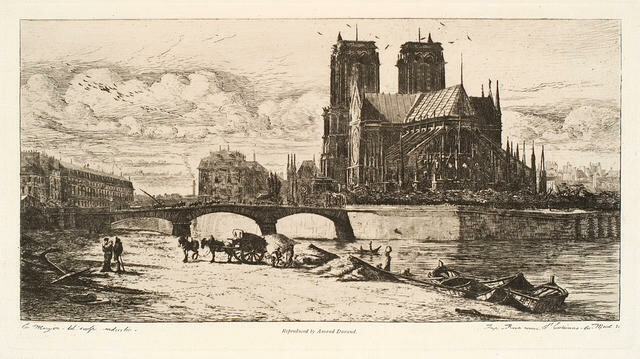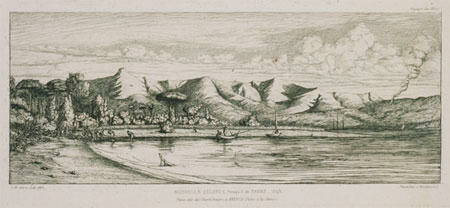B.
Bonne anniversaire
Behind the scenes
Today is the 190th birthday of the French artist Charles Meryon.
Meryon famously travelled to New Zealand aboard the French naval vessel Le Rhin and made sketches of scenes which, some 20 years later, were engraved and published. His best known works are the scenes of Paris, but his depiction of French and Maori settlements at Akaroa are prized items in our collection.
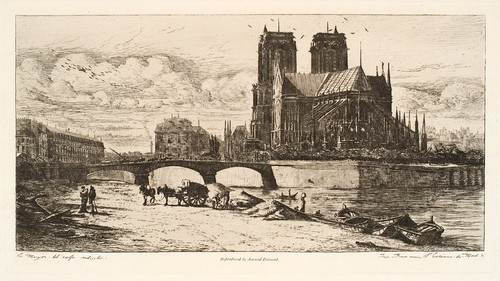
Charles Meryon L'abside de Notre Dame de Paris. Etching. Collection Christchurch Art Gallery Te Puna o Waiwhetū.
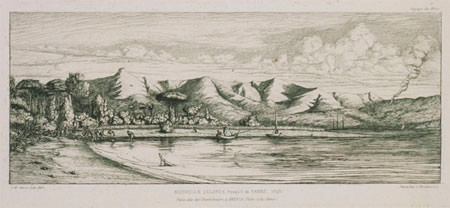
Charles Meryon Nouvelle-Zélande, Presqu'île de Banks, 1845. Pointe dite des Charbonniers, à Akaroa Etching. Collection Christchurch Art Gallery Te Puna o Waiwhetū.
Suffering from 'nervous exhaustion', Meryon died in the asylum at Charenton, on the outskirts of Paris, and he is buried in the nearby cemetery.
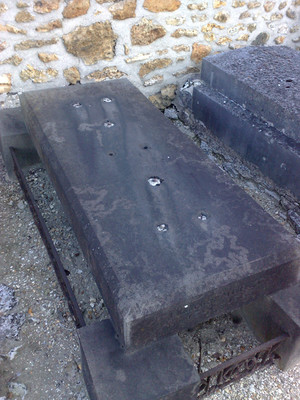
Photo: Tim Jones, August 2011
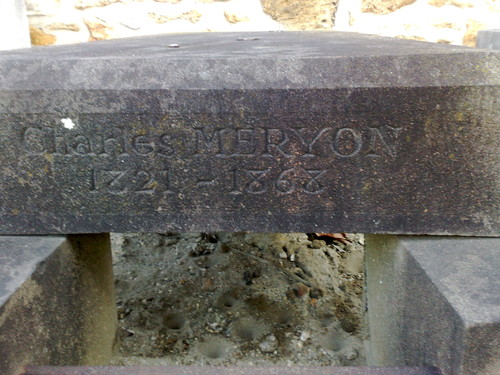
Photo: Tim Jones, August 2011
